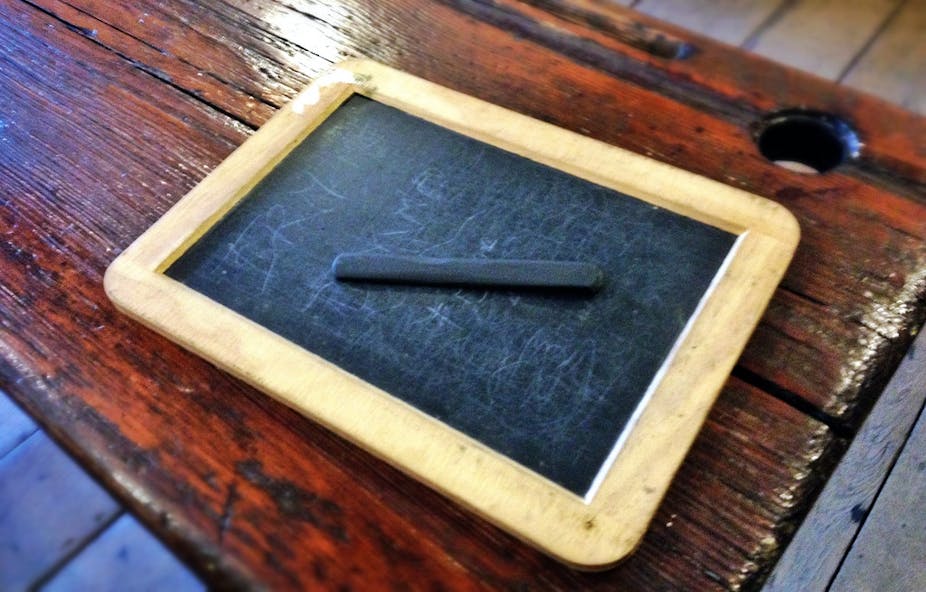News Corporation’s Amplify education business has launched a US$299 tablet device in the US, taking on Apple in the education technology market.
To purchase the tablet at the lowest cost price, schools must also purchase a two-year subscription to the company’s teaching software and pre-loaded content for US$99 a year, which includes teacher training and access to telephone support.
The Android tablet operates an open platform, meaning it supports digital content created elsewhere. It comes preloaded with content from a range of organisations, including online education provider the Khan Academy.
“This is more than just a tablet. It’s a complete learning solution organised around the school day,” said Stephen Smyth, president of Amplify’s Access division.
News Corp is trying to muscle in on territory that Apple has been trying to corner for some time, said Dr Roland Sussex, Emeritus Professor at the University of Queensland’s Centre for Educational Innovation and Technology.
“It’s a two tier thing, you buy the basic tablet and then you buy access to the educational content. They’ve preloaded it with some useful things which will allow the teacher to monitor the students activities.”
Professor Sussex said while it was a good thing that the offering had a focus on blended learning, its ultimate utility for Australian teachers would depend on what sort of material people wrote for the platform and the licenses Amplify developed with education providers.
“They will also look at price and this looks competitively priced, but more than that they will look at educational content,” he said.
There is likely to be strong interest in the product from Australia as a result of the pricing, said Dr Gilly Salmon, Pro Vice-Chancellor of learning transformations at Swinburne University of Technology.
“Many schools are already either using or experimenting with the use of tablets in the classroom, but the cost is restrictive, so the fact that these people are trying to get something cheap out there is relevant,” Dr Salmon said.
The tablet is priced US$100 lower than the Apple iPad in the US market, however Dr Salmon said Australia was already paying more than other markets for text books, which was part of the reason why digital textbooks were attractive.
“We need to tell News Corp and anyone else who’s interested: don’t push the price up for Australia.”
Swinburne University is currently working on developing a digital set of teacher education programs, and Dr Salmon said the new class of teachers would have had their own education largely through mobile devices.
“What really matters is it enables us to think very differently about the type of education we do. It provides a catalyst for looking at something that’s more mobile, more available, a different environment for children to learn, and this could be a tipping point.”
However Mike Horsley, director of the Learning and Teaching Education Research Centre at Central Queensland University, said each online or digital platform and its associated materials required a different set of practices and teacher training.
“From a schools perspective they know that if there’s a multiplicity of these things there has to be a training element when considering if to purchase and use them,” Professor Horsley said.
He added that it was how tablets were used by teachers, as opposed to the tablets alone, that contributed to the learning process.
“Apple have digital textbook tools for authors to write on iPads, and they’re marketing them as being superior because they have digital pedagogic features, but the reality is it’s quite difficult to design learning experiences around those sorts of things in a school.”

